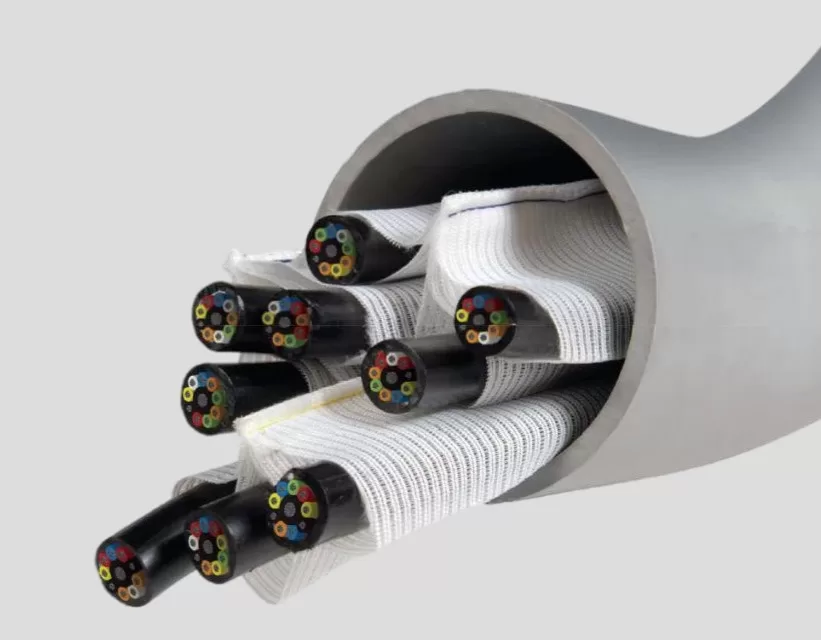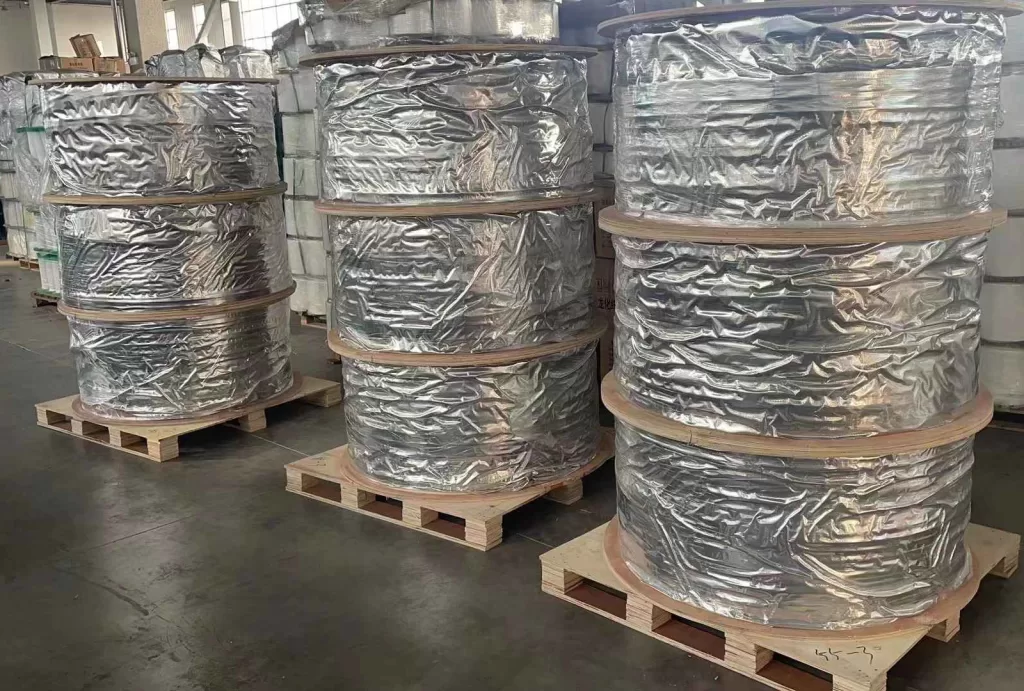
Fabric innerduct is a non-metallic innerduct that is used to protect fiber optic cables. It is made of a variety of materials, such as polyester, nylon, and aramid. Fabric innerduct is available in a variety of diameters and lengths, and it can be used in a variety of applications.
Here are some factors to consider when choosing the right fabric innerduct:
- Type of fabric: Fabric innerduct is made from a variety of materials, such as polyester, nylon, and aramid. Each type of fabric has its own advantages and disadvantages. For example, polyester innerduct is lightweight and affordable, but it is not as durable as nylon or aramid innerduct. Nylon innerduct is more durable than polyester innerduct, but it is also more expensive. Aramid innerduct is the most durable type of fabric innerduct, but it is also the most expensive.
- Diameter: Fabric innerduct is available in a variety of diameters. The diameter of the innerduct should be large enough to accommodate the fiber optic cables that you will be using.
- Length: Fabric innerduct is available in a variety of lengths. The length of the innerduct should be long enough to reach from the point of origin to the point of termination.
- Color: Fabric innerduct is available in a variety of colors. The color of the innerduct is not important, but it can be helpful for identification purposes.
- Features: Some fabric innerducts come with special features, such as rip resistance, crush resistance, rodent resistance, fire resistance, and chemical resistance. Choose an innerduct with the features that you need for your specific application.
- Price: Fabric innerduct can range in price from a few dollars per meter to several hundred dollars per meter. The price of the innerduct will depend on the type of fabric, the diameter, the length, the color, the features, and the brand.
Additional tips for choosing fabric innerduct:
- Consider the environment where the fabric innerduct will be used. If the innerduct will be used in an outdoor environment, you will need to choose an innerduct that is UV resistant and weatherproof.
- Consider the type of fiber optic cables that you will be using. Some fabric innerducts are designed for specific types of fiber optic cables, such as single-mode or multimode cables.
- If you are not sure which fabric innerduct is right for you, it is a good idea to consult with a qualified fiber optic technician.

Example of how to choose the right fabric innerduct:
If you are installing fiber optic cables in an outdoor environment, you will need to choose a fabric innerduct that is UV resistant and weatherproof. You will also need to choose an innerduct that is large enough to accommodate the fiber optic cables that you will be using.
If you are installing fiber optic cables in a data center, you may want to choose a fabric innerduct that is fire resistant and chemical resistant.
If you are on a budget, you may want to choose a polyester fabric innerduct. Polyester innerduct is lightweight and affordable, but it is not as durable as nylon or aramid innerduct.
Once you have considered all of the factors above, you can start shopping for fabric innerduct. Be sure to compare prices and features from multiple suppliers before making a purchase.
